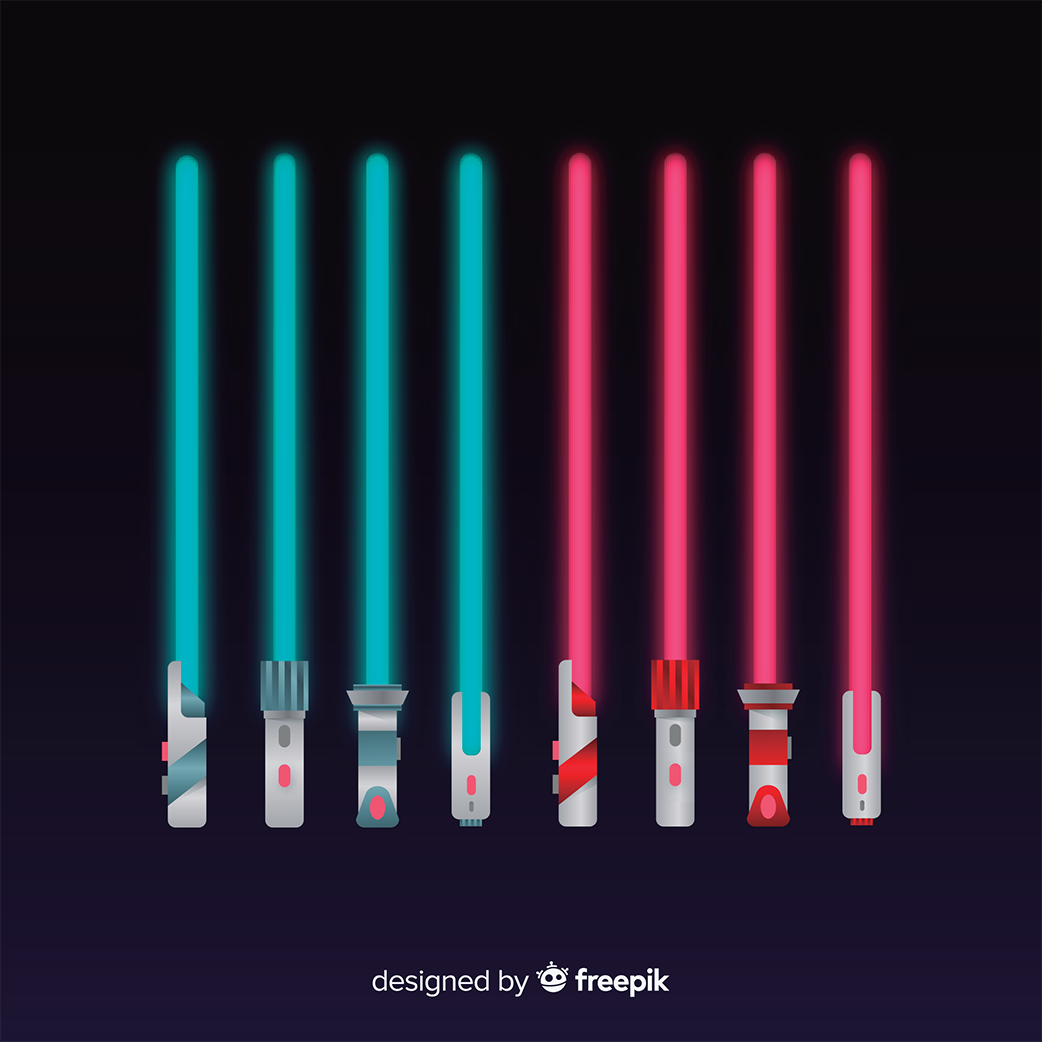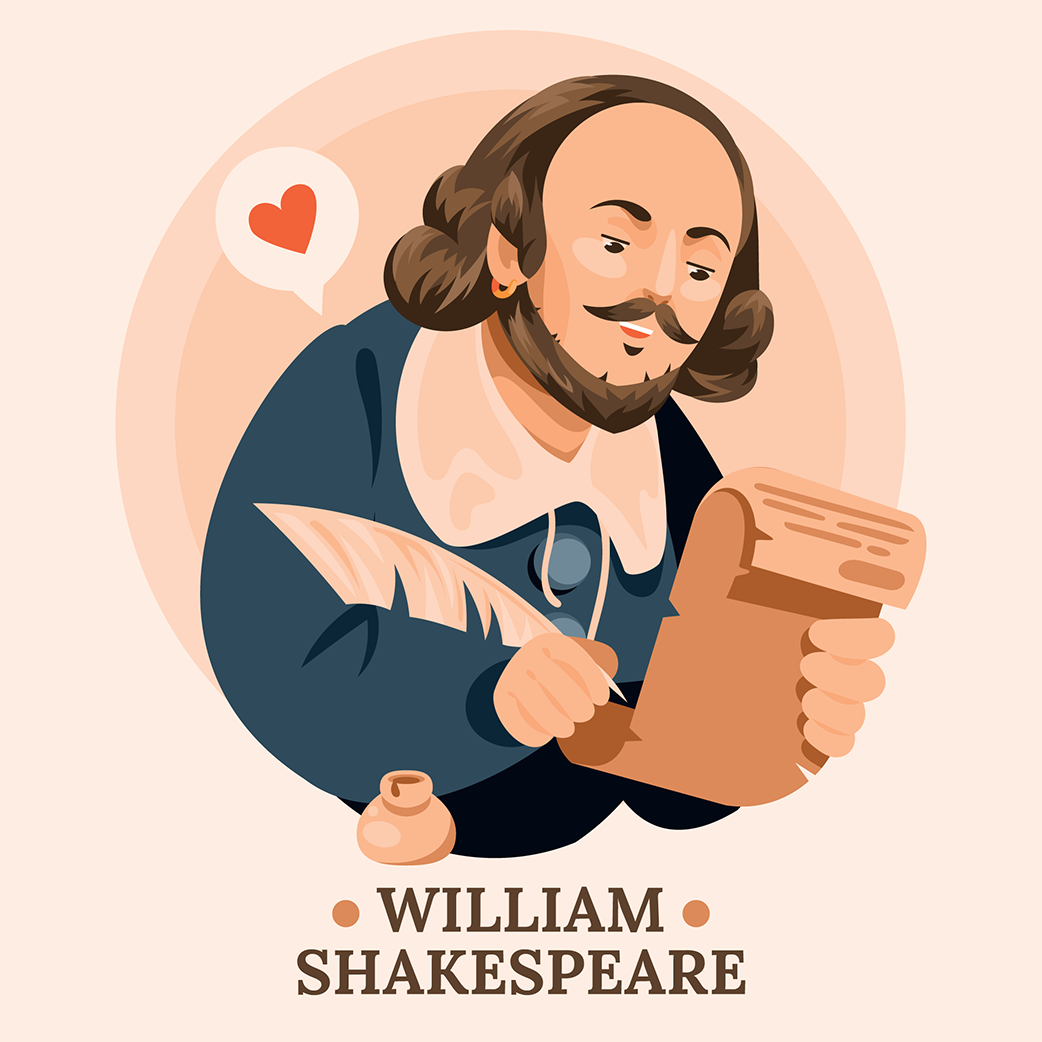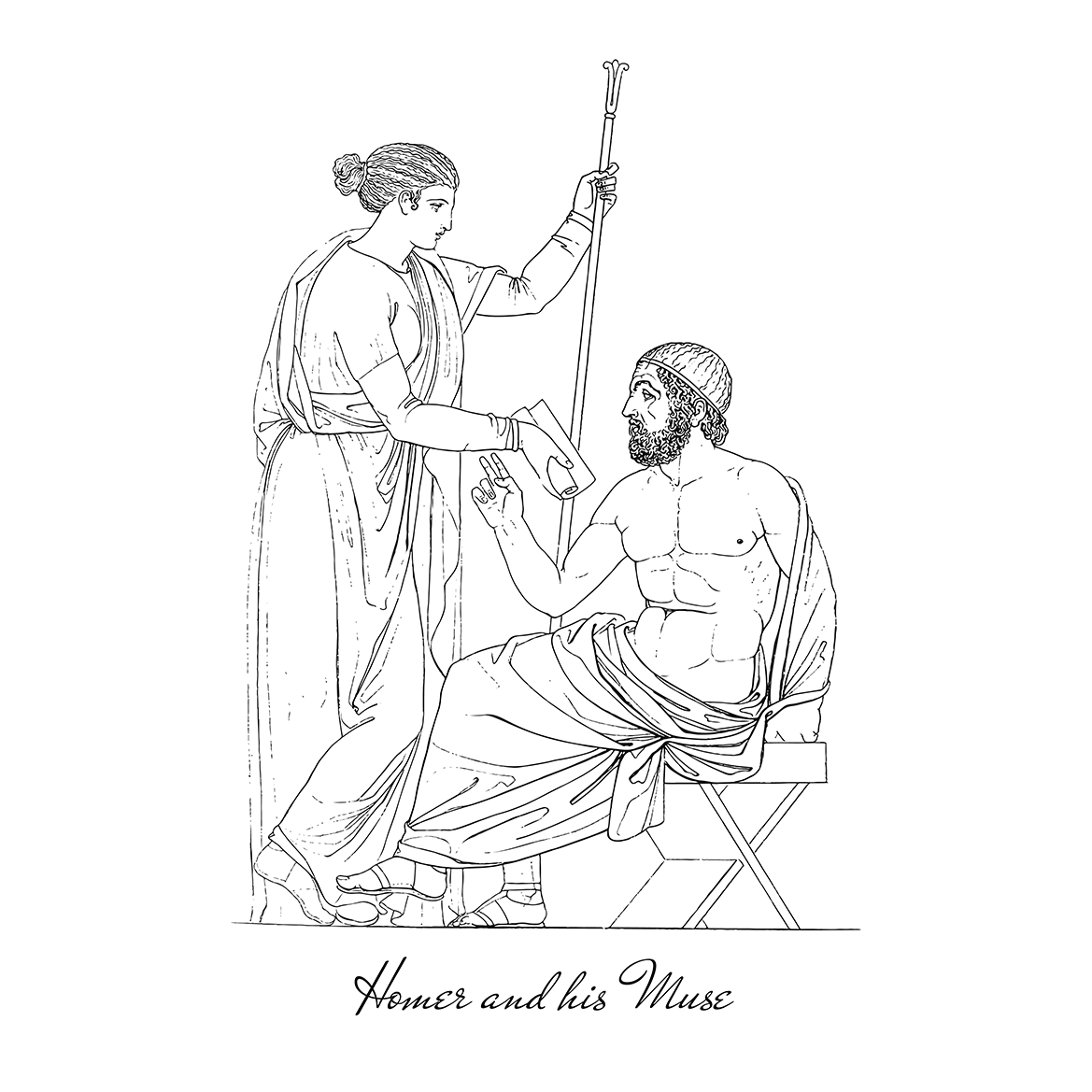THE HERO’S JOURNEY
What do Star Wars, Shakespeare’s Hamlet and the ancient Iliad have in common?
1. First of all the protagonists have a set of secondary characters around them that fit perfectly certain roles: mentor, ally, love object, antagonist. These are the most important roles that every hero is surrounded by.
Luke is the protagonist and he has a mentor (Obi-Wan), an ally (Han Solo), a love object (Princess Leia), a primary antagonist (Darth Vader), and so on. There are many other roles, but these are the most important.

Hamlet, the protagonist has an ally (Horatio), a primary antagonist (king Claudiu), a love object (Ophelia), and a mentor (the ghost, his father)

Achilles in Iliad has an ally (his friend Patroclus) who in many opinions serves as a love object as well; he has a mentor (Athena, the goddess), and a primary antagonist in King Agamemnon.

2. Secondly, the heroes go on a certain similar journey from the moment they’re in familiar territory to the moment they confront their primary antagonists and their story reaches a certain conclusion.
Luke decides to train and fight against the Empire to avenge his family.
Hamlet decides to play madman and thus fight against king Claudiu and avenge his father.
Achilles, although his dream was to relinquish his role as a warrior, he decides to fight against Troy to avenge his friend and lover Patroclus.
Now, is this just a coincidence? There are no coincidences.
So, allow me to introduce to you, Joseph Campbell, an American professor of literature who worked in comparative mythology and comparative religion.
Very succinctly put he examined the universal functions of myth in various human cultures and mythic figures in a wide range of literature.
He published several books, his most famous being “The Hero with a Thousand Faces” in 1949.
In this book, Campbell tied the meaning of myth to its plot, to its story, and deciphered the common plot of all hero myths.
What’s he saying is that all humanity, no matter where is it from or when is it from, has the same defining mythology. What makes it the same is the fact that there’s always a character who starts ordinary and turns hero as their story evolves, and the hero’s story is always structured the same way.
In a very basic way, we could say the hero is home when something dramatic happens and throws him out of his ordinary world into an extraordinary world, known as the dark forest, where he has to make some decisions. No matter if he chooses to fight or not, he’s eventually forced to join the fight and does that while in the dark forest of his world. He meets other characters along the way, like the mentor, the love object, the ally and of course the antagonist. After a long and arduous journey, they finally confront their primary antagonist. If they win, they return home, but home is changed now for them because they’re heroes now. Or, they can lose and even die, in which case nobody returns home.
This is a bird’s eye view of the entire plot. To give you an idea.
Now, Campbell discovered that every human civilization in the world, no matter if we were talking 20,000 years ago, or a decade ago, no matter if we’re talking Amazon, Mesopotamia, China, or Rome, all civilizations respected the same traits for their heroes, and the same structure for their journey. He called it the monomyth.
He also called it the hero’s journey and decided it is universal.
And he explained that psychologically we are all wired to see and interpret reality and history the same way across time and distance. So, basically, humanity has a certain type of story hardwired in its brain. And no matter who or when we are we will understand a story that respects the structure. That follows the hero’s journey.
In history, especially recent history, writers have told stories in different ways. And amazingly, the literature and folklore that have endured over millennia, is only the one that follows the hero’s journey.
All the ancient writing that remains and we can still read today is centred on the hero’s journey. Some writers are born especially gifted and write the universal way without knowing it, like Shakespeare. Some other storytellers are knowledgeable and want their stories to appeal to a larger audience and understand that the hero’s journey appeals to anyone, in any culture. That’s the case with George Luka’s Star Wars. He followed the hero’s journey to its most elementary steps and the original Star Wars has been such a huge success exactly because of that. Critics have criticized it for being too close to theory, but people have adored it exactly because of that.
Now, there’s nothing in the world that’s more appealing to us than the hero’s journey. And although I’m using the word journey, you have realized by now that it’s not mainly about the story, it’s about the characters playing roles in that story.
So, you create an application that serves a specific function or functions. Can we increase the appeal of that application by introducing some characters? By telling a story? By getting the user even more involved in it than normally? By making the user tell others about their experience?
Yes, we can do that.
